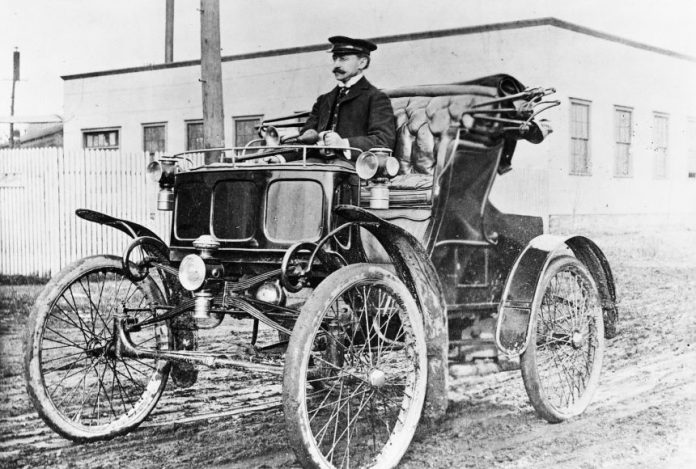The history of automotive technology is a fascinating journey through time, tracing the evolution of vehicles and the various innovations that have shaped the industry. From the earliest horse-drawn carts to the latest electric cars, the automotive sector has undergone tremendous change, revolutionizing transportation and transforming the way we live, work and travel.
The early days of automotive technology can be traced back to the late 18th century when steam-powered vehicles were first introduced. However, it was not until the late 19th century that the internal combustion engine was invented, setting the stage for the mass production of automobiles. The first successful gasoline-powered vehicle was created by German inventor Karl Benz in 1885, and soon after, other inventors such as Gottlieb Daimler and Henry Ford began producing their own versions.

The early 20th century marked the beginning of the automobile industry, with carmakers springing up in various countries and mass production techniques being developed. The introduction of the assembly line by Henry Ford in 1913 revolutionized the automobile industry, making cars more affordable and accessible to the general public.
During the interwar period, automotive technology continued to evolve, with the introduction of the electric starter, independent suspension, and four-wheel brakes. The 1930s also saw the development of streamlined body designs and the use of chrome and other embellishments on cars, which helped to popularize the automobile and solidify its place as a status symbol.
The post-World War II era was marked by tremendous growth in the automotive industry, with new models and designs being introduced at an unprecedented pace. The 1950s saw the introduction of power steering, air conditioning, and the automatic transmission, making cars easier to drive and more comfortable to ride in. The 1960s and 1970s brought further advancements in automotive technology, such as the development of fuel injection systems and anti-lock brakes.
The oil crisis of the 1970s and early 1980s led to a renewed focus on fuel efficiency and alternative power sources. This led to the development of hybrid and electric vehicles, as well as the increased use of lightweight materials such as aluminum and plastic in car construction.
The late 20th century saw the introduction of electronic technologies, such as onboard computers, GPS navigation systems, and driver-assist features such as traction control and stability control. In the 21st century, the focus has shifted towards developing fully electric and autonomous vehicles, with companies such as Tesla leading the way.
Today, automotive technology continues to advance at a rapid pace, with electric and self-driving vehicles becoming increasingly common. The use of sensors, cameras, and other technologies to enhance safety and improve driving experience is also becoming increasingly widespread.
Conclusion
The history of automotive technology is a rich and fascinating journey through time, tracing the evolution of vehicles and the various innovations that have shaped the industry. From the earliest horse-drawn carts to the latest electric cars, the automotive sector has undergone tremendous change, revolutionizing transportation and transforming the way we live, work and travel. The future of automotive technology is exciting and filled with possibilities, and we can only imagine what new innovations and advancements are yet to come.



